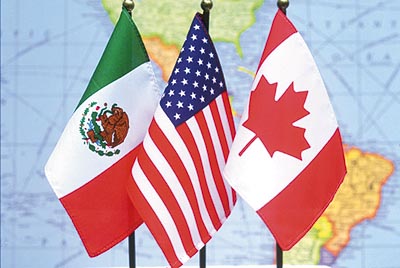
NAFTA stands tall
Here's how the agreement will affect the automotive industry

NAFTA stands tall
Here's how the agreement will affect the automotive industry
IN CONSIDERING the regulatory and environmental issues that will affect the strategic direction of the automotive industry and its aftermarket, it is entirely appropriate to begin with a review of the North American Free Trade Agreement (NAFTA).
An overview of NAFTA
NAFTA's impact on the automotive industry
Managing NAFTA's environment and safety issues
Conclusion: NAFTA and its implications for the aftermarket
Dr. John Kirton is the acting director, Center, International Studies, at the University of Toronto. He is currently a team leader of the Commission on Environmental Cooperation's project on NAFTA's environmental effects. Also, he is a member of the Canadian Govern- ment's International Trade Advisory Committee and Chair of the North American Environmental Standards Working Group. Phone (416) 978-4652 or email= jjkirton@uhura.trinity.toronto.edu
Want more information? Search the web!
Search The Auto Channel!